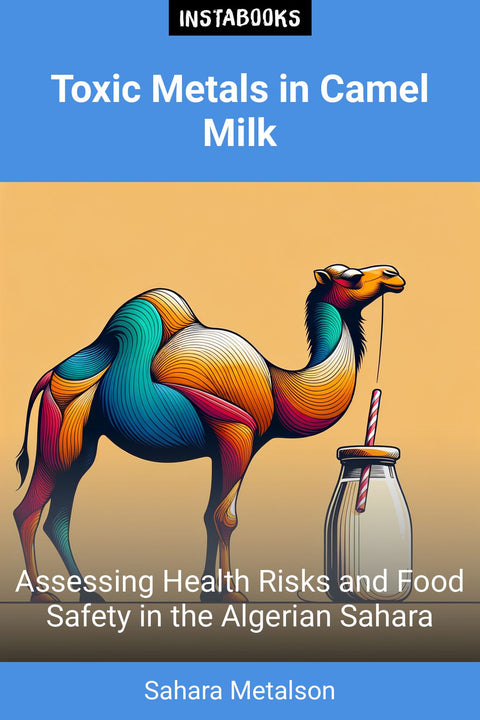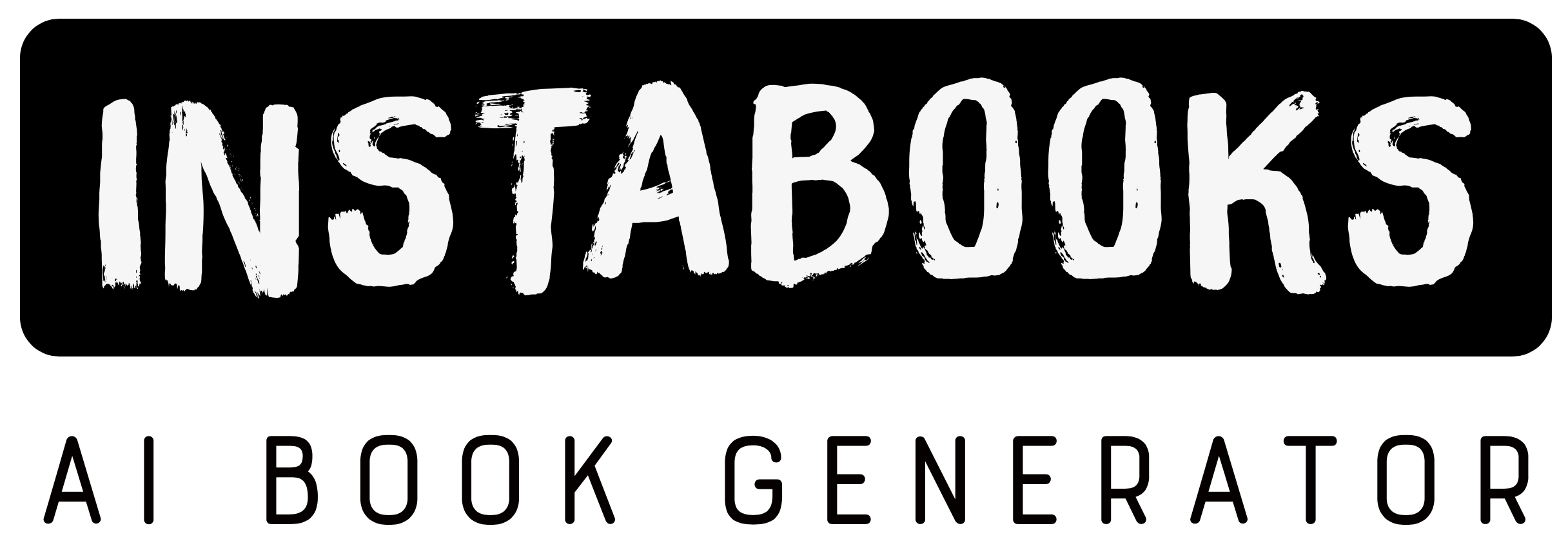
Toxic Metals in Camel Milk
Assessing Health Risks and Food Safety in the Algerian Sahara
Included:
✓ 200+ Page AI-Generated Book
✓ ePub eBook File — read on Kindle & Apple Books
✓ PDF Print File (Easy Printing)
✓ Word DOCX File (Easy Editing)
✓ Hi-Res Print-Ready Book Cover (No Logo Watermark)
✓ Full Commercial Use Rights — keep 100% of royalties
✓ Publish under your own Author Name
✓ Sell on Amazon KDP, IngramSpark, Lulu, Blurb & Gumroad to millions of readers worldwide
Toxic Metals in Camel Milk: Assessing Health Risks and Food Safety in the Algerian Sahara
Discover the groundbreaking study on toxic metal levels in raw camel milk from the northern Algerian Sahara. This book delves into the concentrations of lead (Pb), cadmium (Cd), nickel (Ni), and mercury (Hg) found in 120 samples across ten farms, analyzed using an atomic absorption spectrophotometer. With mean concentrations of Pb (0.026 mg/kg), Cd (0.001 mg/kg), Ni (0.017 mg/kg), and Hg (0.0005 mg/kg), the findings reveal significant health risks, especially for children.
Key Insights and Findings
- Concentrations of Toxic Metals: Detailed analysis of Pb, Cd, Ni, and Hg levels in camel milk.
- Health Risks: Elevated Target Hazard Quotient (THQ) values indicate higher risks for children.
- Methodology: Comprehensive explanation of the atomic absorption spectrophotometer analysis.
- Implications for Food Safety: The study's contribution to developing regulations and monitoring strategies to mitigate toxic metal exposure.
Why This Book Matters
This book is a must-read for anyone concerned about food safety and public health. It provides valuable insights into the risks associated with toxic metal contamination in camel milk and offers a foundation for informed decision-making by consumers and health officials alike. The research underscores the importance of assessing food safety in regional livestock products and enhancing public health awareness concerning food contamination.
Table of Contents
1. Introduction to Toxic Metals in Food- Understanding Toxic Metals
- The Importance of Food Safety
- Overview of the Study
2. Camel Milk in the Algerian Sahara
- Cultural Significance of Camel Milk
- Agricultural Practices in the Sahara
- Sampling Methodology
3. Analyzing Toxic Metal Concentrations
- Lead (Pb) Levels in Camel Milk
- Cadmium (Cd) and Nickel (Ni) Concentrations
- Mercury (Hg) Detection
4. Health Risks Associated with Toxic Metals
- Understanding Target Hazard Quotient (THQ)
- Risks for Children
- Long-term Health Implications
5. Methodology: Atomic Absorption Spectrophotometry
- Principles of Atomic Absorption
- Sample Preparation and Analysis
- Interpreting the Results
6. Implications for Food Safety Regulations
- Current Food Safety Standards
- Recommendations for Regulation
- Monitoring Strategies
7. Public Health Awareness and Education
- Raising Awareness on Food Contamination
- Educational Programs for Consumers
- Collaboration with Health Officials
8. Comparative Analysis with Other Regions
- Toxic Metal Levels in Different Areas
- Variations in Agricultural Practices
- Global Implications
9. Future Research Directions
- Identifying Research Gaps
- Potential for Longitudinal Studies
- Innovations in Detection Methods
10. Case Studies: Impact on Local Communities
- Stories from the Sahara
- Community Responses to Findings
- Adapting to New Regulations
11. Conclusion: Towards Safer Food Practices
- Summarizing Key Findings
- The Path Forward for Food Safety
- Final Thoughts on Public Health
12. Appendices and Additional Resources
- Detailed Data Tables
- Glossary of Terms
- Further Reading and References
Target Audience
This book is written for public health officials, researchers, and consumers interested in food safety and the health risks associated with toxic metal contamination in camel milk. It is also valuable for policymakers and educators looking to understand the implications for food safety regulations and public health awareness.
Key Takeaways
- Understanding the concentrations of toxic metals like lead, cadmium, nickel, and mercury in camel milk.
- Recognizing the elevated health risks for children due to higher Target Hazard Quotient (THQ) values.
- Learning about the methodology used in the study, including atomic absorption spectrophotometry.
- Gaining insights into the implications for food safety regulations and monitoring strategies.
- Exploring the importance of public health awareness and education on food contamination.
